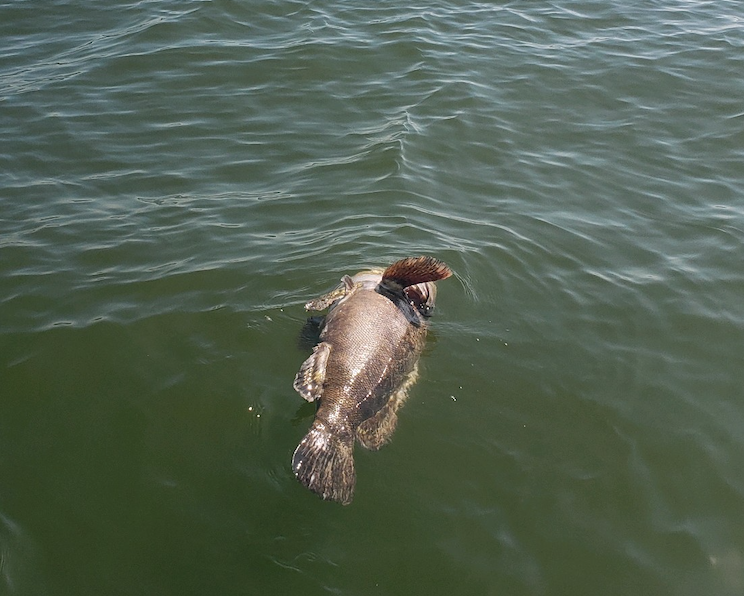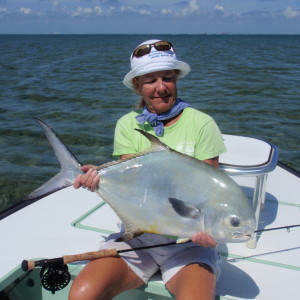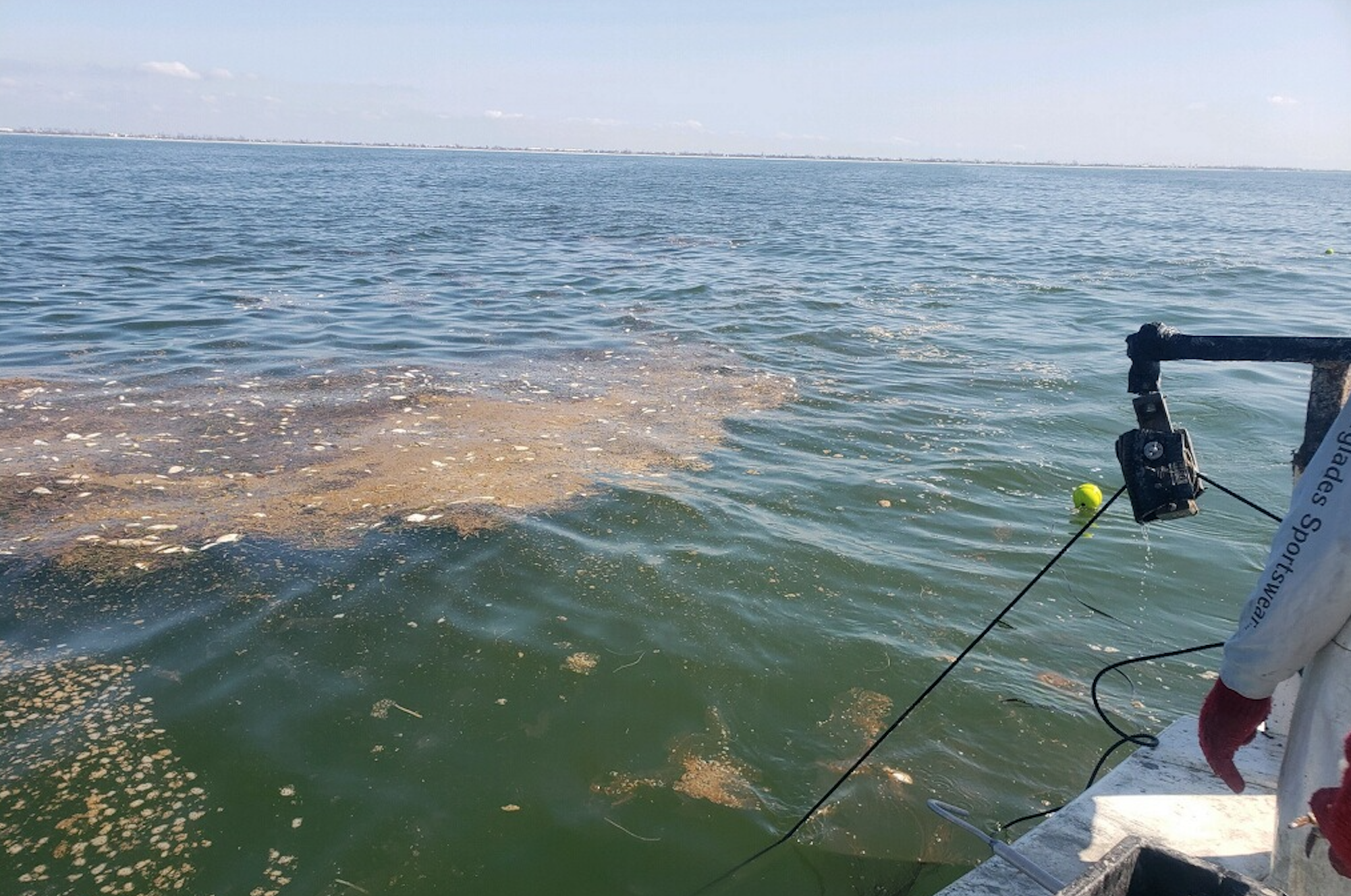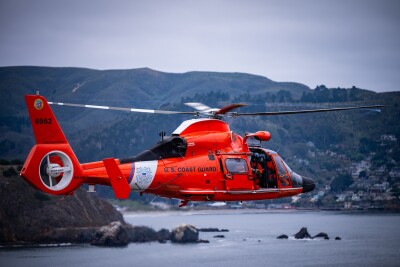Captain Shane Dooley was helping a friend salvage a Hurricane Ian-damaged boat recently in southwest Florida's Pine Island Sound when they noticed a red coating on the surface that caused coughing fits and watery eyes. Then dead fish came drifting by, emitting an evil stench.
“Bad red tide for sure,” said Dooley, who operates four commercial fishing boats out of St. James City on Pine Island. "We started coughing and hacking from the boat stirring it up."
According to the Florida Fish and Wildlife Conservation Commission's red tide tracking program, the pesky microscopic algae known scientifically as k.brevis is blooming in various concentrations from very low to high in Gulf of Mexico inshore and offshore waters from roughly Sarasota to Naples.
Numerous large fish kills have been reported and beachgoers in the region have experienced respiratory irritation, prompting health warnings from officials in the Fort Myers and Naples areas.
K.brevis occurs naturally in the Gulf's salty offshore waters; it's usually spotty and doesn't cause big problems. But when driven into the coast by storm-generated winds and tides, the algae feed on pollution spewing from stormwater and wastewater discharges and piles of debris, expanding their impacts.
For commercial fishermen like Dooley, the red tide is just one more roundhouse kick to their livelihood. Dooley managed to save his boats from Hurricane Ian's destructive bulldozing in September, then dodged Hurricane Nicole a month later, and put out a few stone crab traps. But now he's worried that the red tide will kill crabs that inhabit the mud bottom near shore and impact the fall/winter roe mullet season.
“It's not affecting crabbing yet, but if it sinks to the bottom, I don't know,” Dooley said. “Mullet season starts off Thanksgiving, and that's all we need is red tide to kill our mullet.”
`He's hoping cooler winter weather will knock down the toxic blooms, but that outcome is uncertain. Commercial fishers throughout Florida still shudder at the memory of Hurricane Irma that encompassed most of the state in 2017, spawning a huge red tide outbreak in the Gulf that spread to the Atlantic coast and persisted until the spring of 2019.
The fishing conservation organization Captains for Clean Water is not waiting to see how far red tide spreads and how long it lasts to take action. Together with the Sanibel-Captiva Conservation Foundation, the Captains are urging the U.S. Army Corps of Engineers to withhold discharges from central Florida's Nicole-swollen Lake Okeechobee into the Gulf while red tide is present which they liken to pouring gasoline on a fire.
The organization's fishing guide members are volunteering to host scientists to collect water samples for the state's red tide-tracking database to help inform decisions about dealing with the algae's spread.








